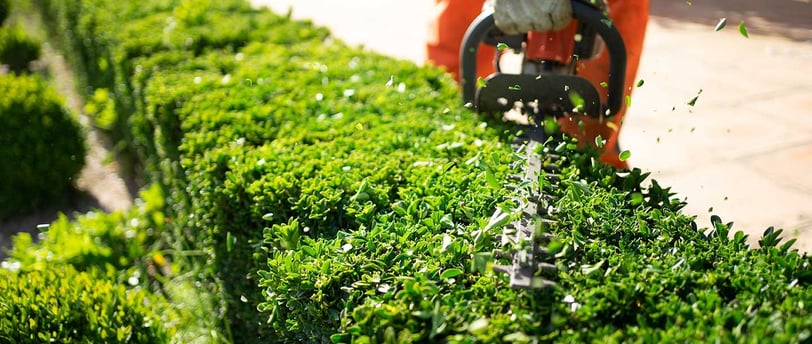CALL → (407) 272-6347 TEXT → (407) 283-1819
The Importance of Regular Trimming for Trees and Shrubs
Learn why trimming is crucial for plant health, safety, and aesthetics, and how proper pruning techniques can promote strong and beautiful growth.
2/1/20252 min read


Introduction to Plant Maintenance
Maintaining the health and aesthetics of trees and shrubs is essential for any garden or landscape enthusiast. Regular trimming plays a vital role in achieving this, ensuring that plants thrive while enhancing their visual appeal. Understanding the significance of proper pruning techniques can lead to healthy and beautiful growth.
Promoting Plant Health Through Regular Trimming
Regular trimming is crucial for the overall health of trees and shrubs. Pruning helps eliminate dead or diseased branches, allowing the plant to focus its energy on healthy growth. By removing these unwanted parts, you reduce the risk of pest infestations and diseases that can threaten the overall well-being of your plants. Additionally, proper trimming encourages the extension of new growth, improving air circulation and sunlight penetration within the foliage.
Enhancing Safety and Aesthetics
Besides the health benefits, regular trimming significantly enhances the safety and aesthetics of your landscape. Overgrown branches can pose hazards, especially during storms or high winds, where falling limbs can cause property damage or injury. By routinely trimming trees and shrubs, you maintain a safe environment for your family and guests.
Aesthetically, a well-maintained plant not only looks appealing but also enhances the overall appeal of your property. A good pruning technique can shape the plant, encouraging it to grow in a desired direction and maintain its structure. This meticulous care results in an eye-catching landscape that reflects your commitment to maintaining your outdoor spaces.
Mastering Proper Pruning Techniques
Understanding and mastering proper pruning techniques is essential for effective trimming. To begin, consider the best time to prune, which typically depends on the plant species. For most trees and shrubs, late winter or early spring is ideal, as it allows plants to heal before the growing season begins.
When trimming, always use sharp, clean tools to minimize damage to the plant. Make angled cuts to promote healing and minimize the risk of disease. Remember to remove any crossing branches and focus on creating an open canopy that allows light and air to circulate. By applying these techniques, you’ll contribute to the longevity and vibrancy of your trees and shrubs.
Conclusion
In conclusion, the importance of regular trimming for trees and shrubs cannot be overstated. It is essential for promoting plant health, enhancing safety, and improving aesthetic appeal. By adopting proper pruning techniques and scheduling routine care, you can foster strong and beautiful growth in your landscape, ensuring that your garden remains a thriving, safe, and stunning environment.
GET IN TOUCH
EMAIL:
GROW WITH US!
CALL:
HOURS:
MON-FRI 6:00AM-6:30PM
SAT 6:00AM-5:00PM
COPYRIGHT © 2025 LMB LANDSCAPE AND LAWN CUTTER LLC.


QUICK LINKS
TEXT:
